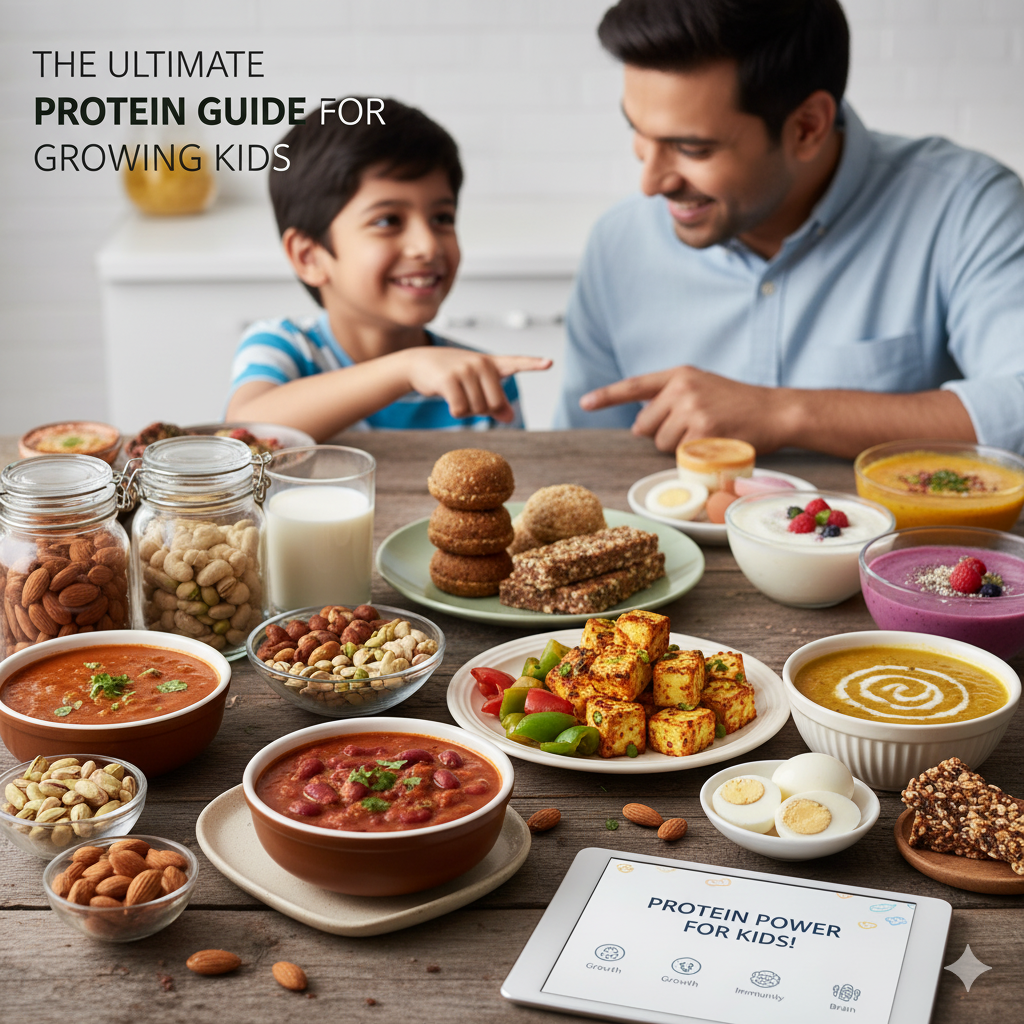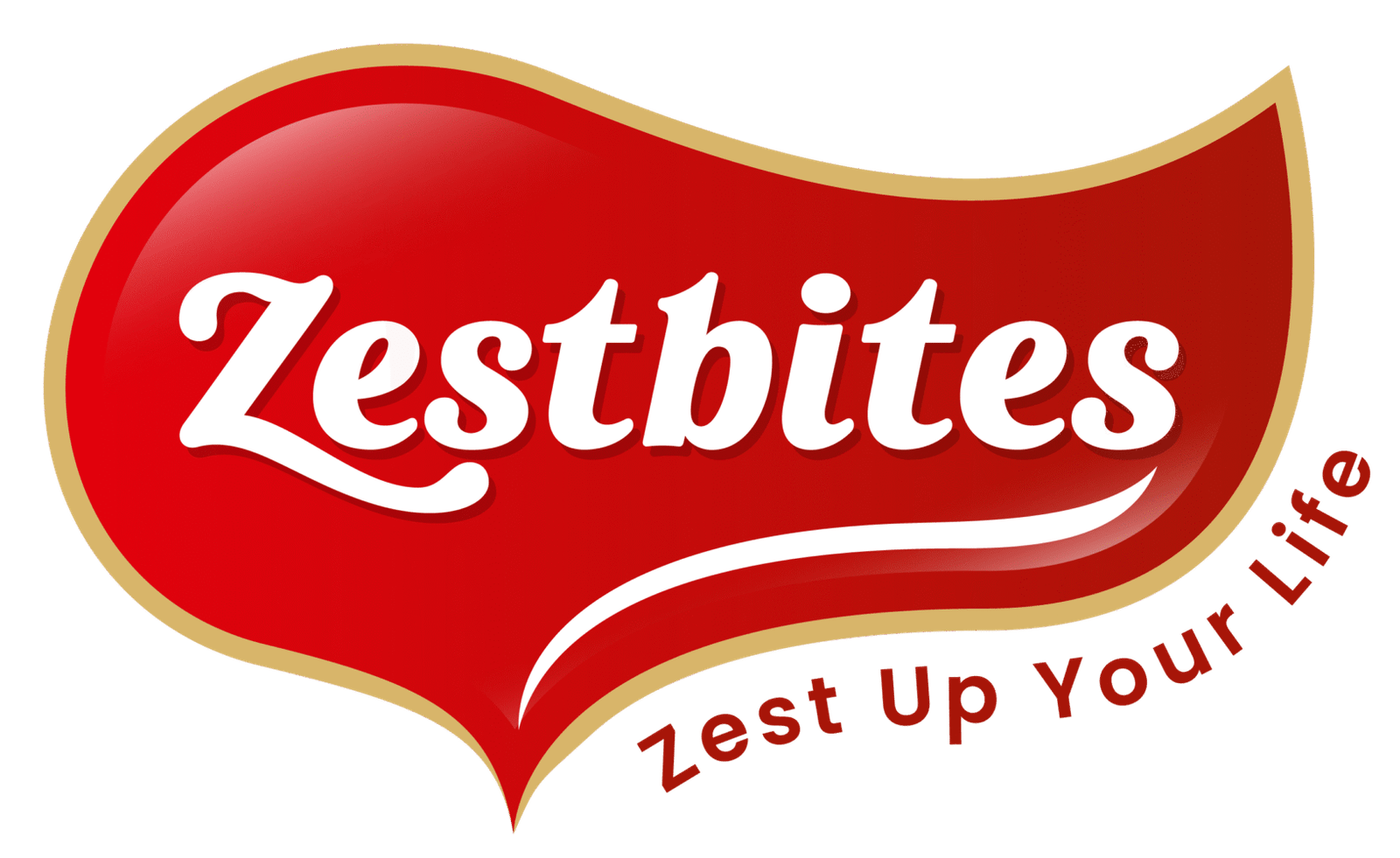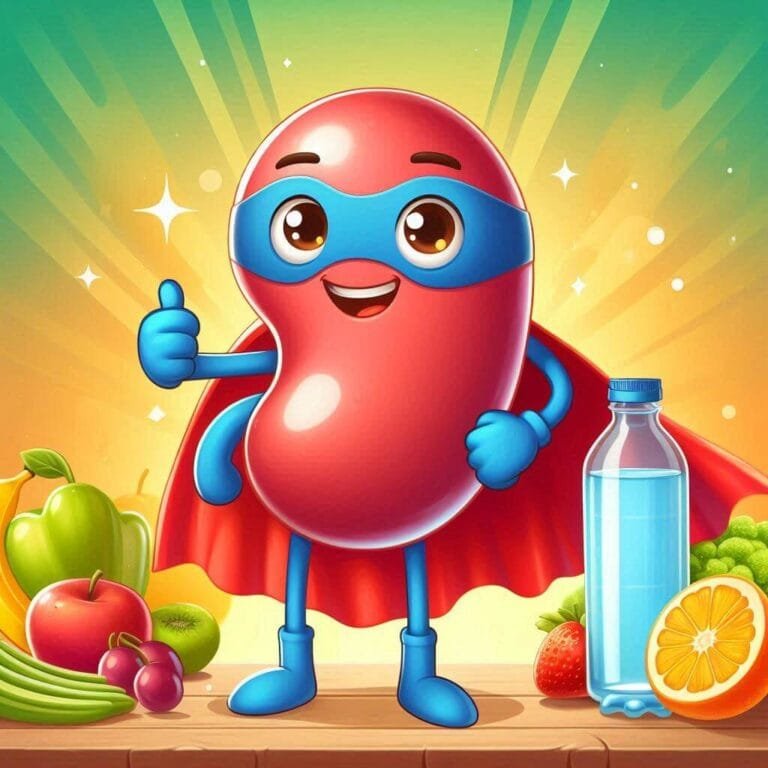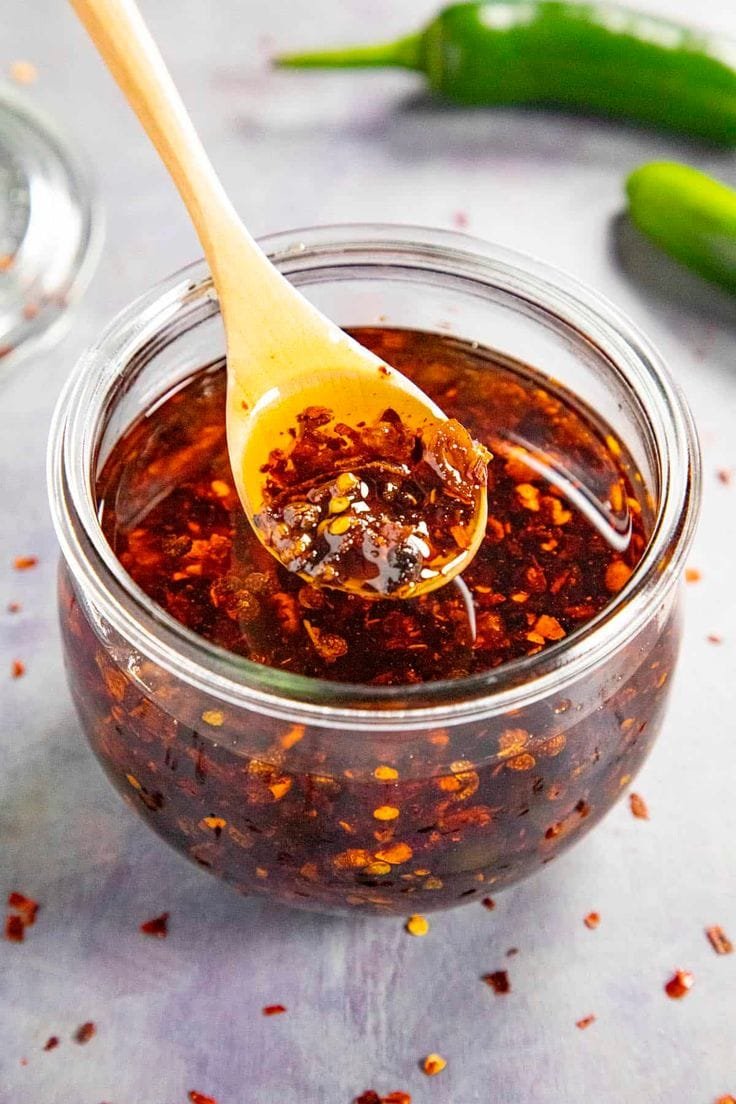Power Up Your Little Ones: The Ultimate Protein Guide for Growing Kids!

As parents, we constantly worry if our children are getting enough of everything they need to grow up strong, smart, and healthy. Among all the nutrients, protein often takes center stage – and for good reason! It’s the building block of life, essential for every single cell in your child’s body.
But how much protein do they really need? And how can you ensure they get it without a daily struggle at the dinner table? Don’t worry, this guide will break it all down for you, with simple explanations and delicious solutions – including the surprising power of dry fruits!
Why is Protein So Crucial for Your Kids? (It’s More Than Just Muscles!)
Think of protein as the ultimate construction crew for your child’s body. It’s involved in almost every vital process:
- Growth & Repair: 📈 Protein builds and repairs tissues – muscles, skin, hair, nails, and even internal organs. It’s essential for rapid growth spurts.
- Strong Bones: 💪 While calcium is famous for bones, protein plays a crucial role in bone development and strength.
- Immunity Boost: 🛡️ Antibodies, which fight off infections, are made from protein. A protein-rich diet means a stronger immune system, helping your child battle colds and flu.
- Energy Source: 🔥 While carbohydrates are the primary energy source, protein can also provide energy, especially when needed.
- Brain Development: 🧠 Neurotransmitters, the chemical messengers in the brain, are made from amino acids (the components of protein). Adequate protein supports cognitive function and learning.
- Hormone & Enzyme Production: 🧪 Proteins are essential for creating hormones and enzymes that regulate countless bodily functions.
How Much Protein Do Kids Actually Need? (Age-Wise Guide)
The amount of protein a child needs changes as they grow. It’s not a one-size-fits-all, but here’s a general guideline. Remember, these are averages, and individual needs can vary based on activity level and health.
| Age Group | Recommended Daily Protein Intake (Approx.) |
| 1-3 years (Toddlers) | 13 grams/day (about 2-3 small servings) |
| 4-8 years (Preschool/Early School) | 19 grams/day (about 3-4 servings) |
| 9-13 years (Pre-Teens) | 34 grams/day (about 4-5 servings) |
| 14-18 years (Teens) | Boys: 52 grams/day / Girls: 46 grams/day |
💡 Simple Tip: A good rule of thumb is about 1 gram of protein per kilogram of body weight for most growing children. So, if your child weighs 20 kg, they’d need around 20 grams of protein daily.
Protein Power: Easy Ways to Include It in Your Child’s Diet
Getting enough protein doesn’t have to mean just chicken and eggs! There are countless delicious and varied options, perfect for Indian households.
1. Dairy Delights 🥛
- Milk: A glass of milk (cow’s, buffalo’s, or fortified plant-based milk) is a classic. (Approx. 8g protein per 240ml)
- Yogurt/Dahi: Excellent for digestion and protein. Use it in smoothies or with fruits. (Approx. 8-12g per cup)
- Paneer (Indian Cottage Cheese): A kid-favorite! Add to curries, stir-fries, or grilled paneer cubes as a snack. (Approx. 14g per 100g)
- Cheese: Small cubes or grated cheese can be a quick protein boost.
2. Lentils & Legumes (Dal Power!) 🍲
- Dals (Lentils): Moong dal, masoor dal, tur dal – a staple in every Indian home. Serve with rice or roti. (Approx. 7-9g protein per cup cooked dal)
- Chana (Chickpeas/Garbanzo Beans): Use in chole, salads, or roasted as a crunchy snack.
- Rajma (Kidney Beans): Delicious with rice and packed with protein.
- Soya: Soya chunks or granules are a powerhouse of plant-based protein.
3. Eggs, Meat & Poultry 🍳🍗 (For Non-Vegetarians)
- Eggs: The “complete protein.” Boiled, scrambled, or in an omelet. (Approx. 6g protein per large egg)
- Chicken: Lean protein source. In curries, grilled, or shredded in sandwiches.
- Fish: Besides protein, fish like salmon and mackerel provide beneficial Omega-3s.
4. Whole Grains 🌾
- Quinoa: A complete protein grain, great as a rice substitute or in salads.
- Roti/Atta (Whole Wheat Flour): While not as high as pulses, whole grains contribute to daily protein.
- Oats: A good breakfast option, especially when combined with milk and nuts.
5. The Unsung Heroes: Dry Fruits & Nuts! 🌰 (A Delicious Protein Secret)
This is where protein meets taste and convenience! Dry fruits and nuts are not just for energy; they are fantastic sources of plant-based protein, healthy fats, vitamins, and minerals.
- Almonds: A protein champion! Great for brain development too. (Approx. 6g protein per 1/4 cup)
- Cashews: Delicious and contain a good amount of protein. (Approx. 5g protein per 1/4 cup)
- Pistachios: Fun to eat and a surprising source of protein. (Approx. 6g protein per 1/4 cup)
- Walnuts: Known for Omega-3s, they also pack a protein punch. (Approx. 4g protein per 1/4 cup)
- Dates & Figs: While lower in protein than nuts, they provide healthy carbs, fiber, and trace protein, making them great for energy and overall health.
How to Incorporate Dry Fruits for Protein:
- Add a handful of mixed nuts (almonds, cashews, walnuts) to daily snacks.
- Blend them into smoothies or milkshakes.
- Sprinkle chopped nuts over cereal, oatmeal, or dahi.
- Make homemade energy balls or laddoos with ground nuts and dates.

Scientific Insights: Why Protein Matters So Much
The building blocks of protein are called amino acids. There are 20 different types, and 9 of them are “essential” – meaning our body can’t make them, so we must get them from food. Animal products (meat, eggs, dairy) are “complete proteins” because they contain all 9 essential amino acids. Plant-based foods often lack one or two, but by eating a variety of plant proteins throughout the day (e.g., rice and dal, or nuts and whole grains), your child can get all the essential amino acids they need.
Source: The Indian Council of Medical Research (ICMR) and National Institute of Nutrition (NIN) provide detailed dietary guidelines for children in India, emphasizing adequate protein intake for growth and development. (While I cannot directly link external websites, a quick search for “ICMR protein recommendations for children India” will provide official guidelines.)
Meet Zestbites: Your Partner for Healthy Protein-Rich Snacks!
Knowing what to feed your child is one thing; actually getting them to eat it is another! This is where Zestbites makes healthy eating easy and delicious for Indian families.
Zestbites understands that convenience and taste are key, especially for kids. They offer products that naturally boost protein intake:
- Premium Quality Dry Fruits & Nuts: Zestbites ensures you get the freshest, highest-quality almonds, cashews, pistachios, and walnuts – perfect for snacking, mixing, or baking into protein-rich treats.
- Wholesome Millet Laddoos: Made with nutritious millets and dry fruits, these traditional Indian laddoos are a fantastic source of plant-based protein and fiber, making them an ideal energy and protein boost for growing kids.
- Nutrient-Packed Dry Fruit Bars: These convenient bars are loaded with nuts, seeds, and dry fruits, offering a balanced mix of protein, healthy fats, and carbohydrates for active children.
- Zestbites Kids’ Protein Powder: Specially formulated for children, this protein powder can be easily mixed into milk, smoothies, or porridges to ensure your child meets their daily protein requirements without any fuss. It’s a convenient and tasty way to bridge any nutritional gaps.
Zestbites is committed to providing healthy, tasty, and natural options that parents can trust and kids will love.
Final Thoughts for Parents
Ensuring your child gets enough protein is simpler than you might think. Focus on offering a variety of protein-rich foods throughout the day, rather than trying to pack it all into one meal. Make meal times fun, involve your kids in cooking, and always keep healthy options like Zestbites dry fruits and snacks readily available.
A well-nourished child is a happy, energetic, and thriving child! Start powering up their potential today!






